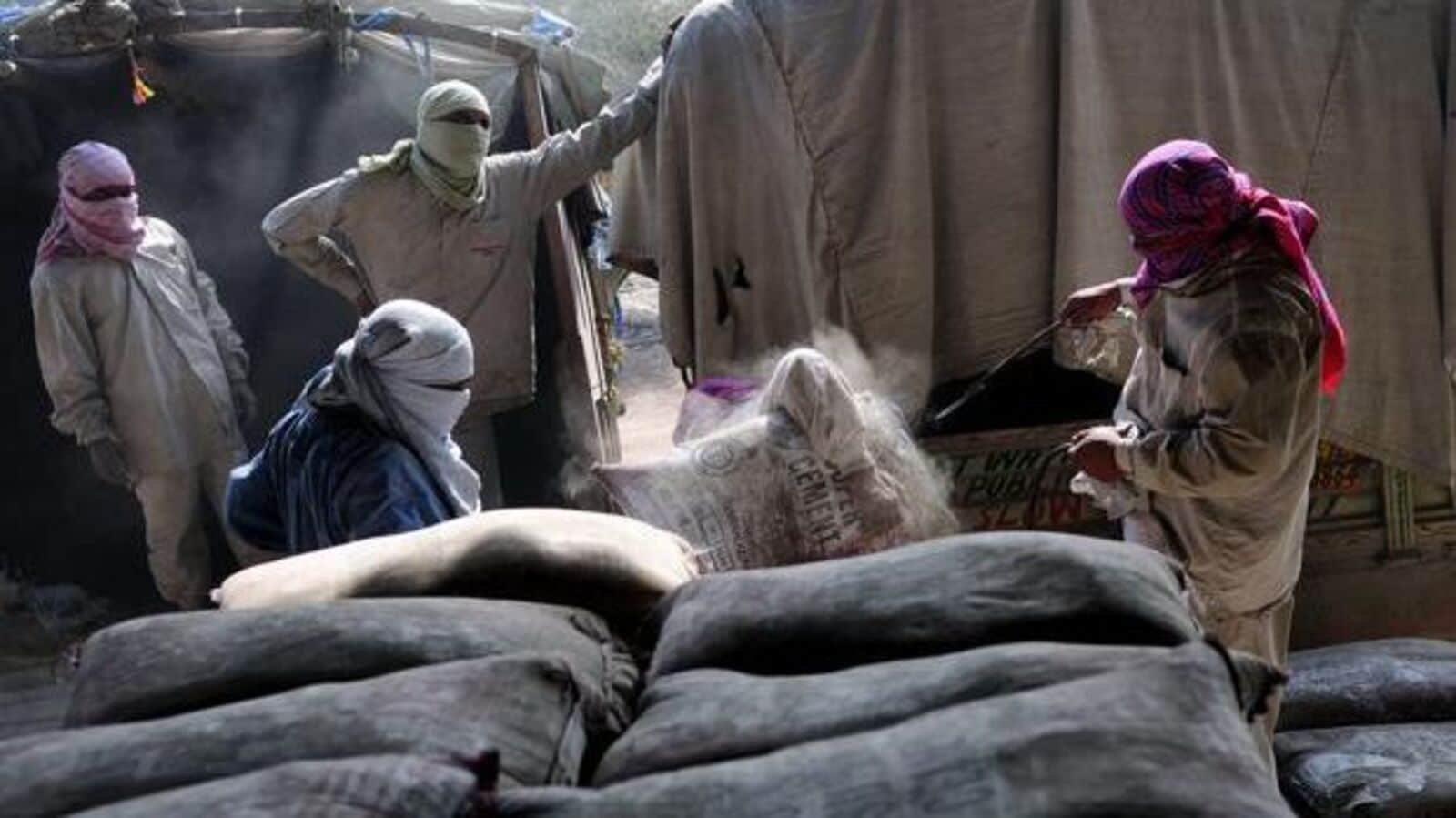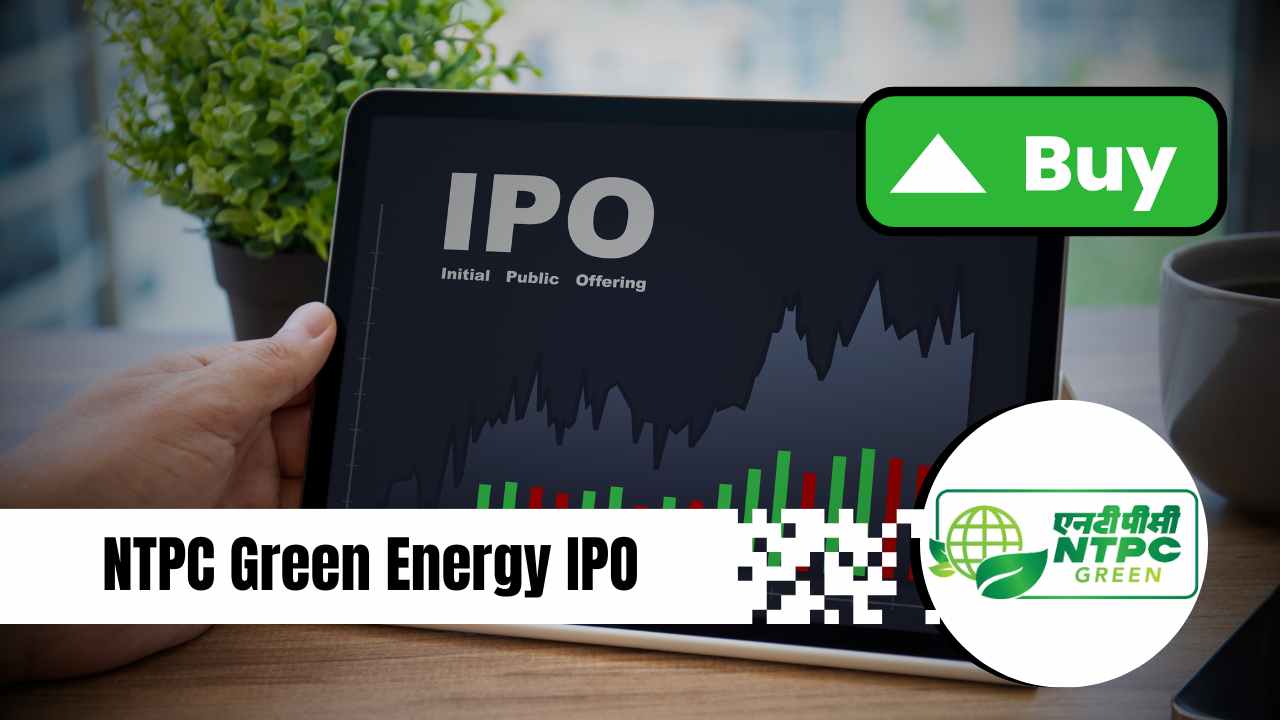Investors in JK Cement Ltd have reason to be optimistic, especially as the company has managed to navigate the challenges facing the cement sector with relative success. In 2024, the company’s shares have surged by approximately 20%, significantly outperforming major competitors like UltraTech Cement Ltd and ACC Ltd. This upward trajectory is indicative of JK Cement’s robust business strategies and market positioning.
One of the key drivers behind this positive sentiment is JK Cement’s strategic geographic expansion and effective cost-saving initiatives. The company’s ambitious goal is to establish itself among the top five cement manufacturers by capacity in the upcoming years. To achieve this objective, JK Cement plans to double its existing production capacity of 24.3 million tonnes per annum by the year 2030. With an extensive portfolio of land banks and limestone reserves located in strategic areas, the company recognizes significant potential for scaling its operations.
Enhancing its regional mix is expected to propel the next phase of growth for JK Cement, with planned expansions including greenfield ventures in Jaisalmer (northern India) and brownfield expansions in Panna Line-III (central India), Muddapur in Karnataka (southern India), and Odisha (eastern India). The successful and timely execution of these projects will be essential for maintaining growth momentum.
In a landscape where consolidation among cement manufacturers through mergers and acquisitions (M&A) has accelerated, JK Cement is uniquely positioned, focusing on organic growth rather than pursuing aggressive acquisitions. This approach allows them to maintain their core competencies while avoiding the pitfalls often associated with rapid M&A.
According to ICICI Securities, while many recent industry transactions have been valued around $80–100 per tonne, JK Cement has demonstrated through its Panna expansion that it can achieve organic growth at approximately $60 per tonne. This lower-cost expansion strategy bodes well for improving return ratios, creating a pathway for sustainable profitability.
In addition to expanding capacity, JK Cement is committed to sustainability through the implementation of waste heat recovery systems (WHRS) and increasing the share of green energy and alternative fuels in its fuel mix. The share of green power has increased from 19% in FY20 to 57% currently, with aims to reach 75% by 2030. This commitment to sustainability not only reduces operating costs and carbon footprints but also positions JK Cement as a leader in environmentally-friendly practices within the cement industry.
Cost savings of ₹150-200 per tonne are anticipated in the next two years as part of a series of cost-reduction strategies. However, it is worth noting that the elevated capital expenditure (capex) required for these capacity expansions may result in high debt levels in the medium term. The company plans to invest around ₹1,900 crore in FY25 and ₹1,800 crore in FY26, which could lead to net debt rising to ₹5,000 crore by FY26. Currently, as of June, net debt stood at ₹2,830 crore.
Recently, JK Cement has also ventured into the paints sector, seeking to counter competition from paint manufacturers in the wall putty market. With an investment of ₹400 crore so far, JK Cement anticipates breaking even in the paints sector before FY26–27. However, the increasing competitiveness within this market, highlighted by new entrants like Grasim Industries Ltd, could pose challenges for JK Cement’s ambitious plans.
Furthermore, the overall pricing environment in the cement sector remains subdued, posing additional challenges. In the June quarter (Q1FY25), JK Cement faced a sharper-than-anticipated sequential decline in grey cement realizations, raising questions about the sustainability of recent price hikes implemented in September. With the sector’s weak pricing dynamics, the outlook for JK Cement’s stock valuations, which are currently at a multiple of 15 times EV/Ebitda for FY26, may come under pressure.
| Metrics | FY25 Projection | FY26 Projection |
|---|---|---|
| Capital Expenditure | ₹1,900 crore | ₹1,800 crore |
| Projected Net Debt | ₹3,500 crore | ₹5,000 crore |
| Green Power Share | 57% | 75% (target by 2030) |
| Cost Savings | ₹150-200/tonne | — |
In conclusion, while JK Cement exhibits strong potential for growth driven by strategic planning and cost management, it must navigate the complexities of the current market landscape, including high capital expenditure, competitive pressures, and pricing challenges, to maintain investor confidence and realize its ambitious goals.












